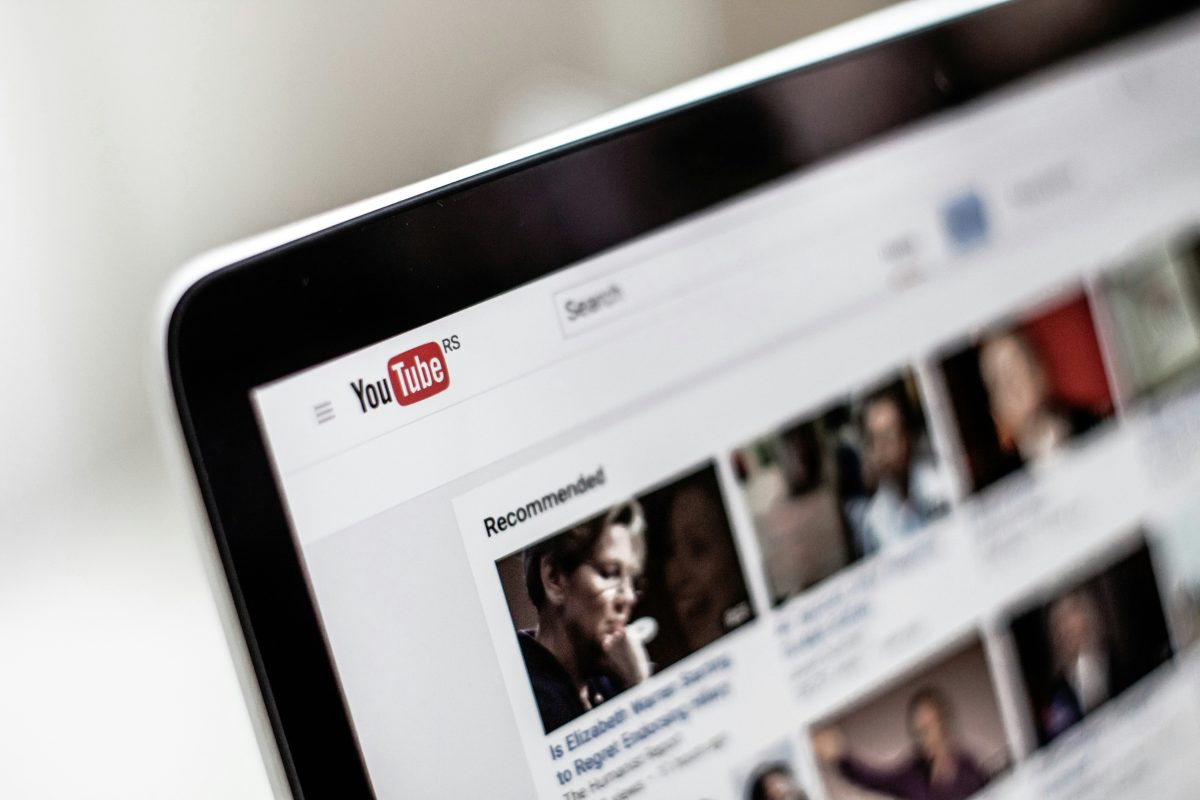YouTube, the world’s second-largest search engine after Google, is a powerhouse platform with over three billion daily views. Every year, viewership increases by 50%, showcasing its immense popularity. Adding SEO for YouTube can help you tap into this vast audience and boost your visibility online.
In just a day, a staggering amount of content is uploaded to YouTube, totaling around 48 hours of video. Lots of people watch videos there, and lots of videos are made every day. This is great for businesses because it’s a chance to connect with their customers in a big way.
If you’re not leveraging YouTube by creating and optimizing videos for search, you’re missing out. Proper optimization can significantly benefit your business. It’s time to prioritize YouTube and learn how to rank your videos effectively.
Since Google owns YouTube, if you make your videos easy to find on YouTube, it can also help more people find you when they search on Google. Don’t overlook this crucial aspect of online presence and potential audience reach.
A Closer Look at YouTube Ranking Algorithms
It uses complicated rules to decide which videos to show when you search. It also looks at what you like to watch. Just like Google, YouTube often changes how it picks which videos to show. It does this to make sure you see the best content. These rules mainly fall into two groups: the content in the video and how much people like it.
When it comes to your video, remember that YouTube bots (or any search engine bots) can’t watch your video like people can. So, you have to tell the search engine what your video is about using your video title, description, tags, and transcript. Put your main keywords in the title. Make sure it’s interesting to your audience and tell them and the search engines what your video is all about.
You should also make the most of the video description portion by describing the video in detail. Again, it’s important to use your keywords here and to do so as naturally as possible. The more information you provide about the video, the better. You may also want to include a relevant and qualified link to aid in describing your video and give people a better idea of what it is about.
When it comes to SEO for YouTube, make sure to add at least ten tags to each video, including your main keywords. Include words that refer to everything that’s seen on the video, and remember that tags are plural-sensitive. This means you can use both the singular and plural versions of a word as tags. If you use “necktie” as a tag, for example, you can also include “neckties”. Don’t be stingy. Include as many tags as you want, provided they’re all relevant to the video.
If you’re like most people, then you probably aren’t aware that YouTube automatically keeps a written record of everything that’s said on a video uploaded to the site. This is true for every single video you upload to the site. The problem with this is that their transcription isn’t that good. What you can do is transcribe the video yourself and then upload the transcription to your video as a text file. This should improve your video’s chance of getting indexed and ranking well.
Remember, the internet always wants new content So, it’s not just about making new videos often; you also need to keep your content current. Freshness means not only talking about what’s happening now but also using the latest trends and ways of talking. One of the most popular types of videos on YouTube are “how-to” videos. Even if you’re making a video about something that’s been done before, like tying a tie or decorating a cake, if you do it in a cool new way, people will still like it.
Making new and exciting videos all the time can make your YouTube channel important. This “channel authority” can also make your videos show up higher in searches. It’s a good idea to make a list of ideas for your videos and then find out what your viewers want. Once you have your list, plan when you’ll make, upload, and tell people about each video.
On-page YouTube Optimization
Before you upload a video, it’s crucial to include SEO for YouTube. Give it a short file name. Remember as well to use hyphens and keywords in the file name in the same way you use them when you save a picture in code for Search Engine Optimization purposes. If you are just starting to establish a YouTube channel, then you should also remember to optimize the image you choose for your header. Take a JPEG file and then edit the title, description, and author properties of the file. Insert keywords wherever you can the same way you do with Meta descriptions and title tags.
In the header section of your YouTube channel, you can put links to show more about who makes the videos. It’s smart to add links to your website, social media, other channels you have, and any important sites you use. You can add up to 14 links, so put in as many helpful ones as you can. Also, make sure to use your main keywords in your channel description. Write a good description that explains your channel well, without being too pushy or spammy.
Guess what? You can make lots of playlists on your YouTube channel, not just one. This is helpful! Instead of putting all your videos in one big list, organize them into different playlists based on topics or themes. When you’re planning your videos, think about what categories they fit into. These categories can become the names of your playlists. If you have other channels, you can share playlists and mix up the videos to get more people watching them. It’s like spreading the word about your videos to more people!
Here’s another trick: you can add more keywords by leaving the first comment on your video. It’s a chance to add a little extra info or ask viewers to share what they think about the video. And remember, the comments section is where you can chat with your viewers. This is important because engaging with them helps your video do better in searches. So, make sure to reply to their comments and questions, and get the conversation going!
When you engage with your viewers, they’re more likely to watch more of your videos and maybe even share them on social media. And here’s a cool thing: you can do the same! Share your videos on your social media pages and talk to people who comment there too. This way, you create a cool loop where people keep watching and sharing your stuff. It’s like spreading the word in a fun way!
Just a heads-up: YouTube can spot spam easily, so don’t try to trick the system by leaving tons of comments on your own videos. Instead, focus on getting real comments and likes by responding to people who comment on your videos and making sure your videos are really good. Sometimes, your video might inspire someone to make their own video in response! And if you’re confident in the quality of your videos, you can even ask people directly to leave comments or make video responses.
Off-Page YouTube Optimization
Make sure people can easily share your videos on other websites to enhance your SEO for YouTube efforts. When important sites include your videos, YouTube sees your channel as one with great videos. Also, try to get good links to your videos. Being active on social media helps a lot! When people talk about and share your videos on sites like Facebook and X, YouTube sees your videos as awesome and gives them better rankings.
Whatever strategy you decide to use, whatever topics you cover, and whatever video style you employ, keep in mind the reason why you’ve chosen to establish a YouTube channel in the first place. What purpose is your channel supposed to serve? Who are you creating videos for? When you focus on the answers to these questions and follow the tips above, you aren’t likely to go wrong.






